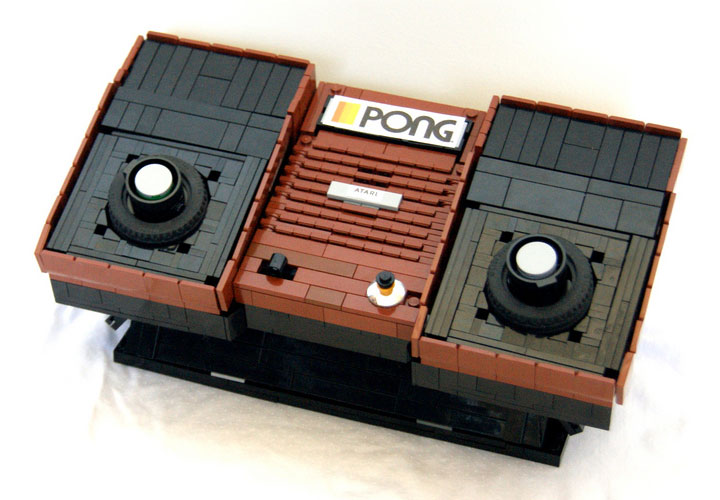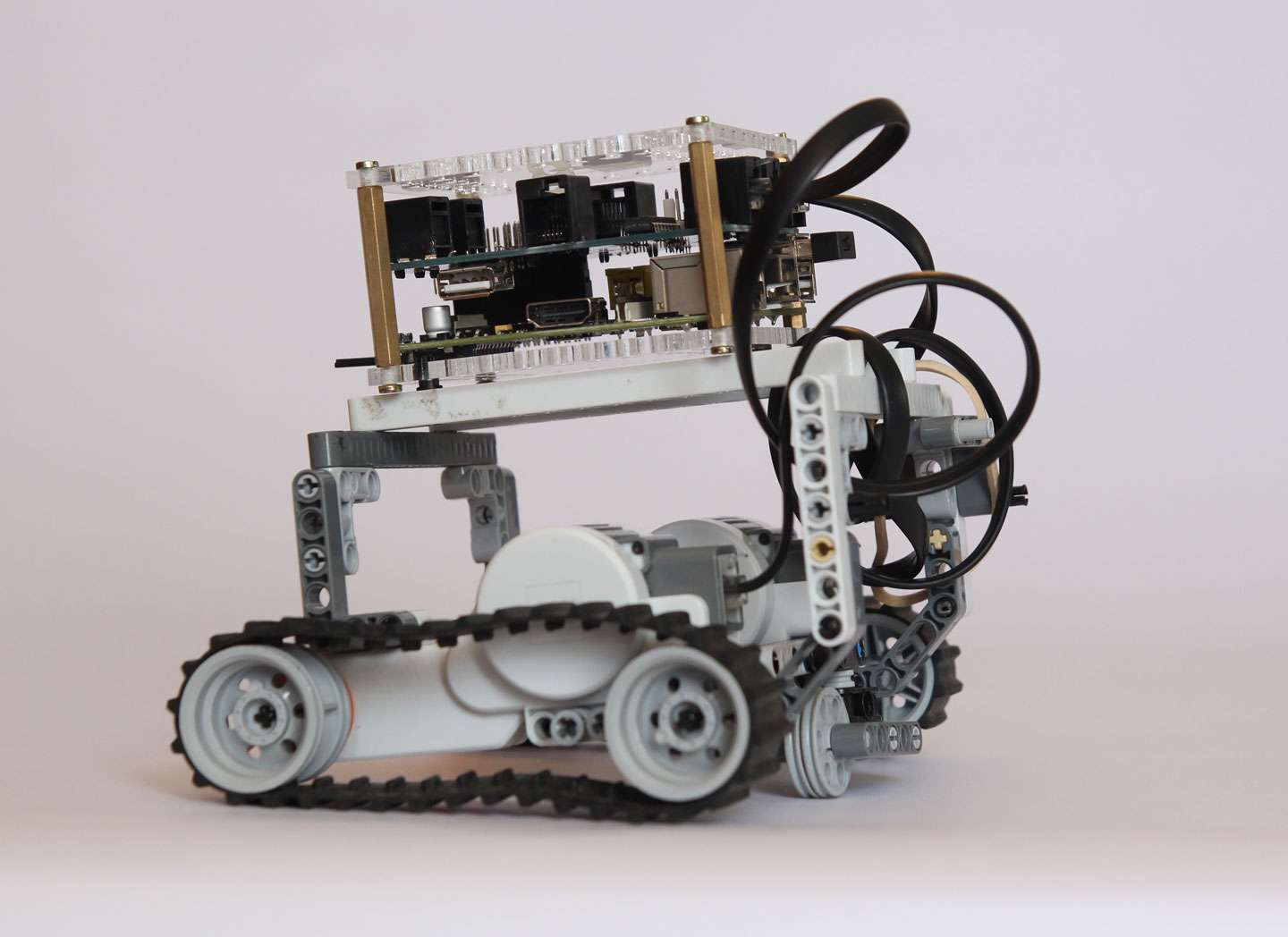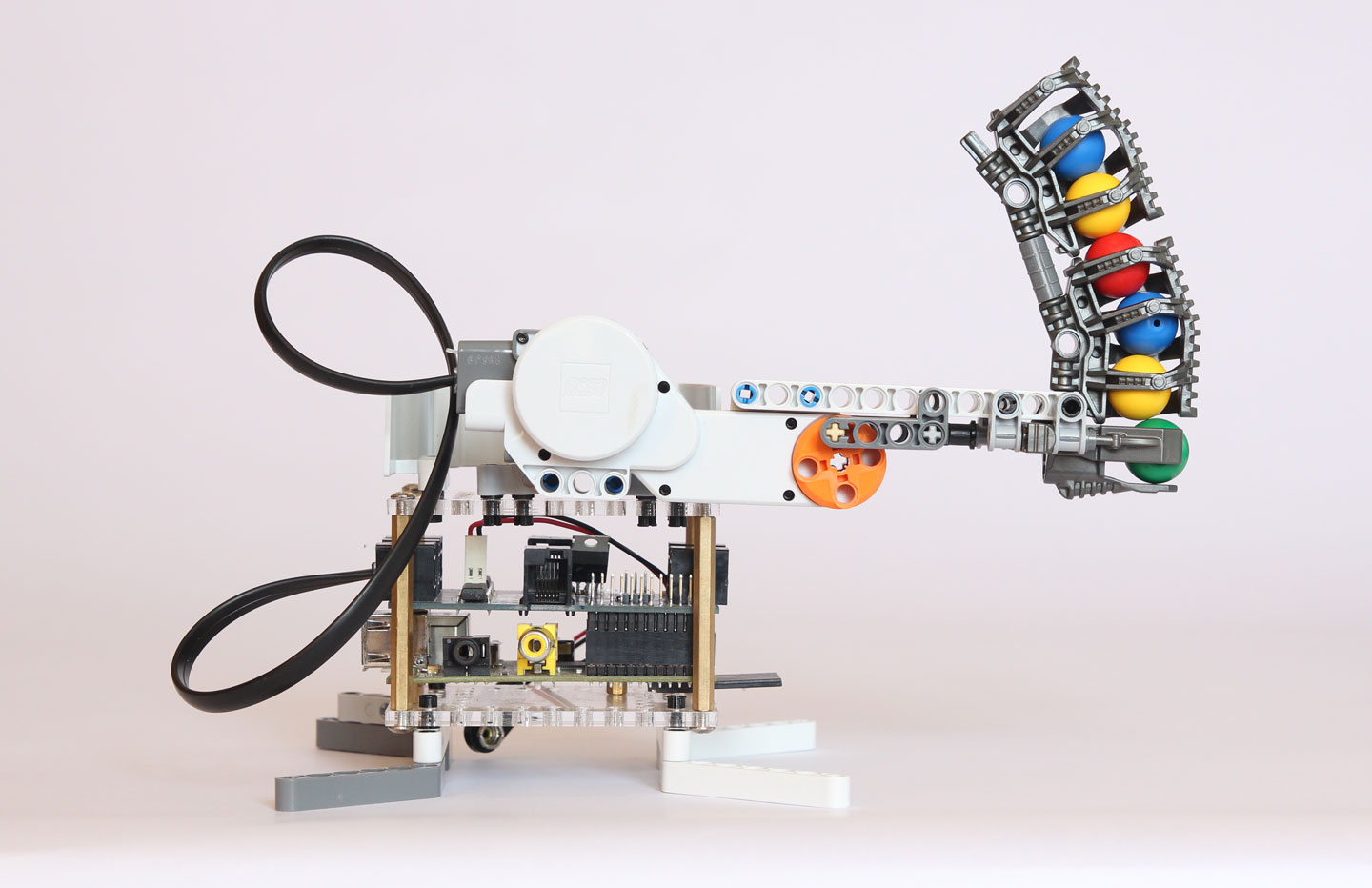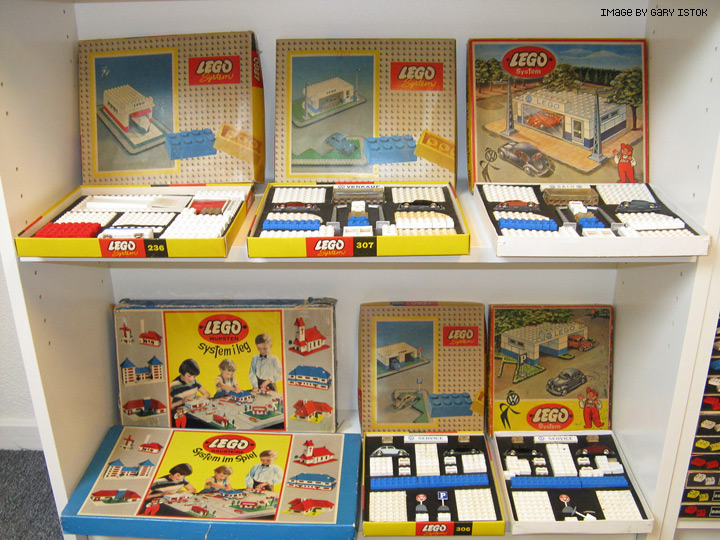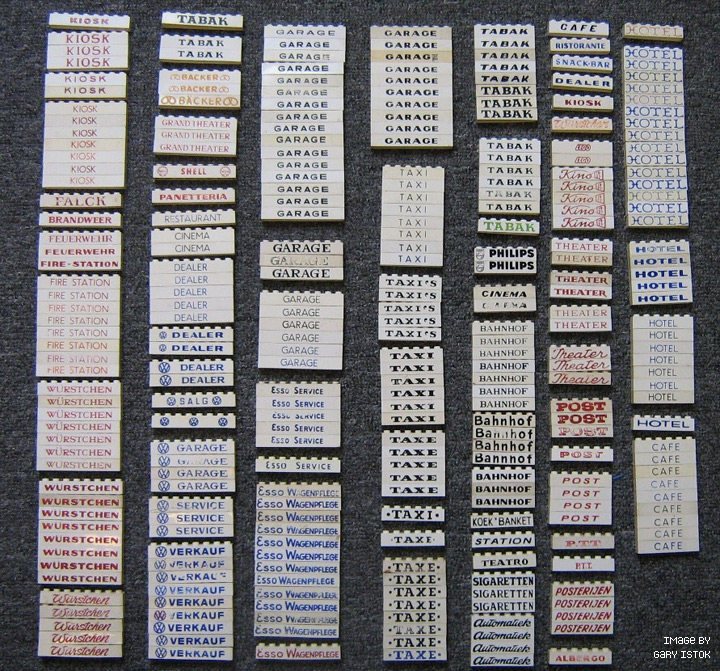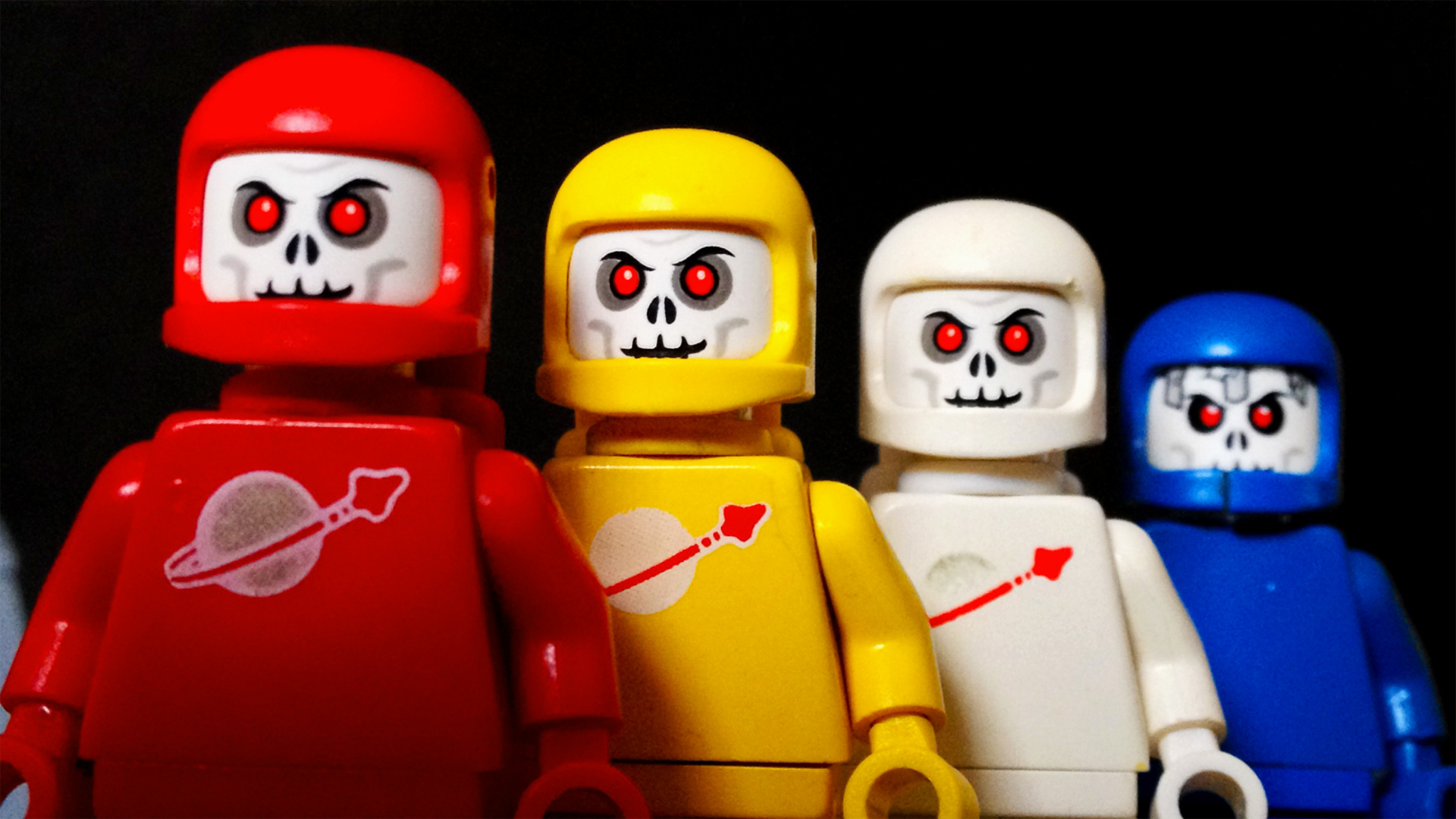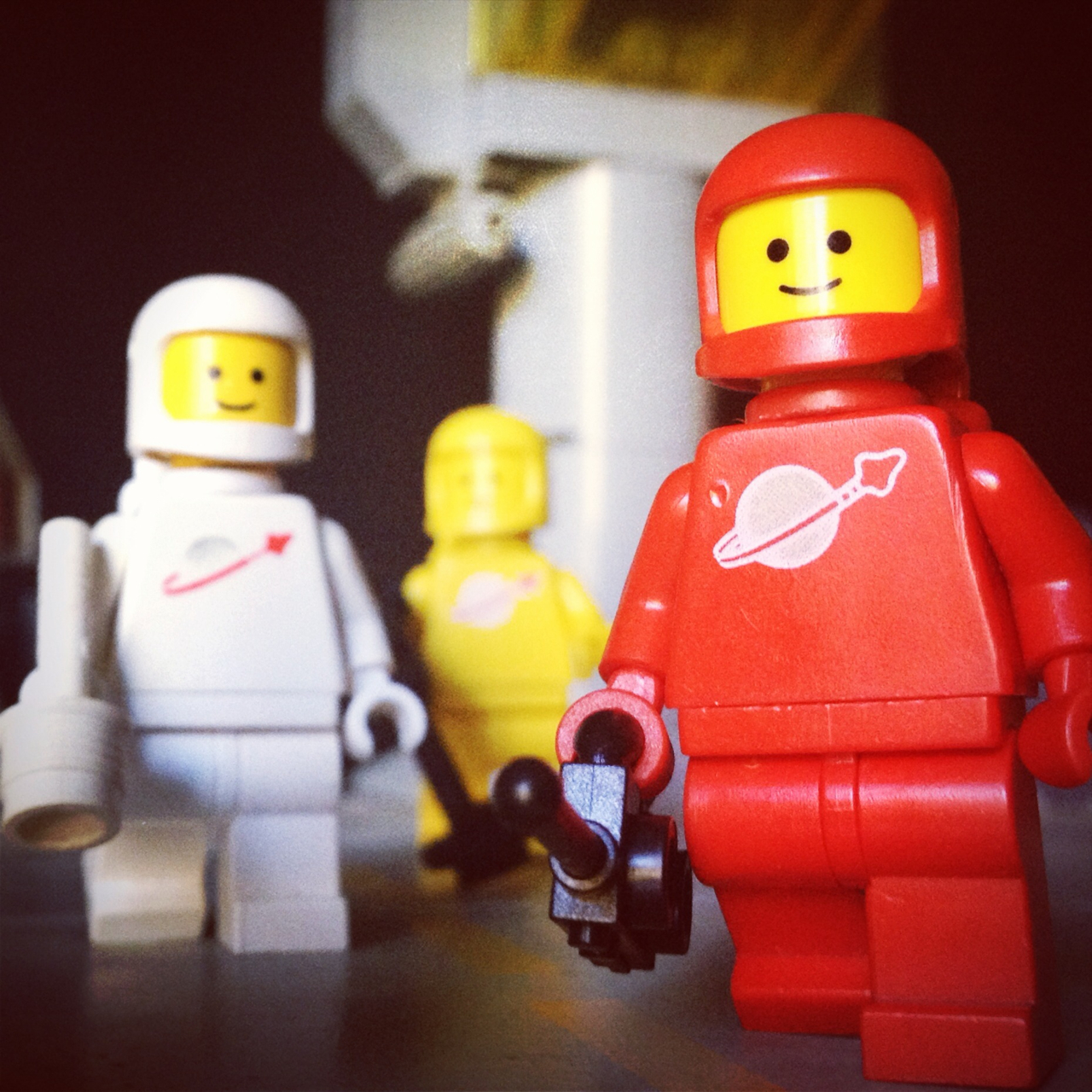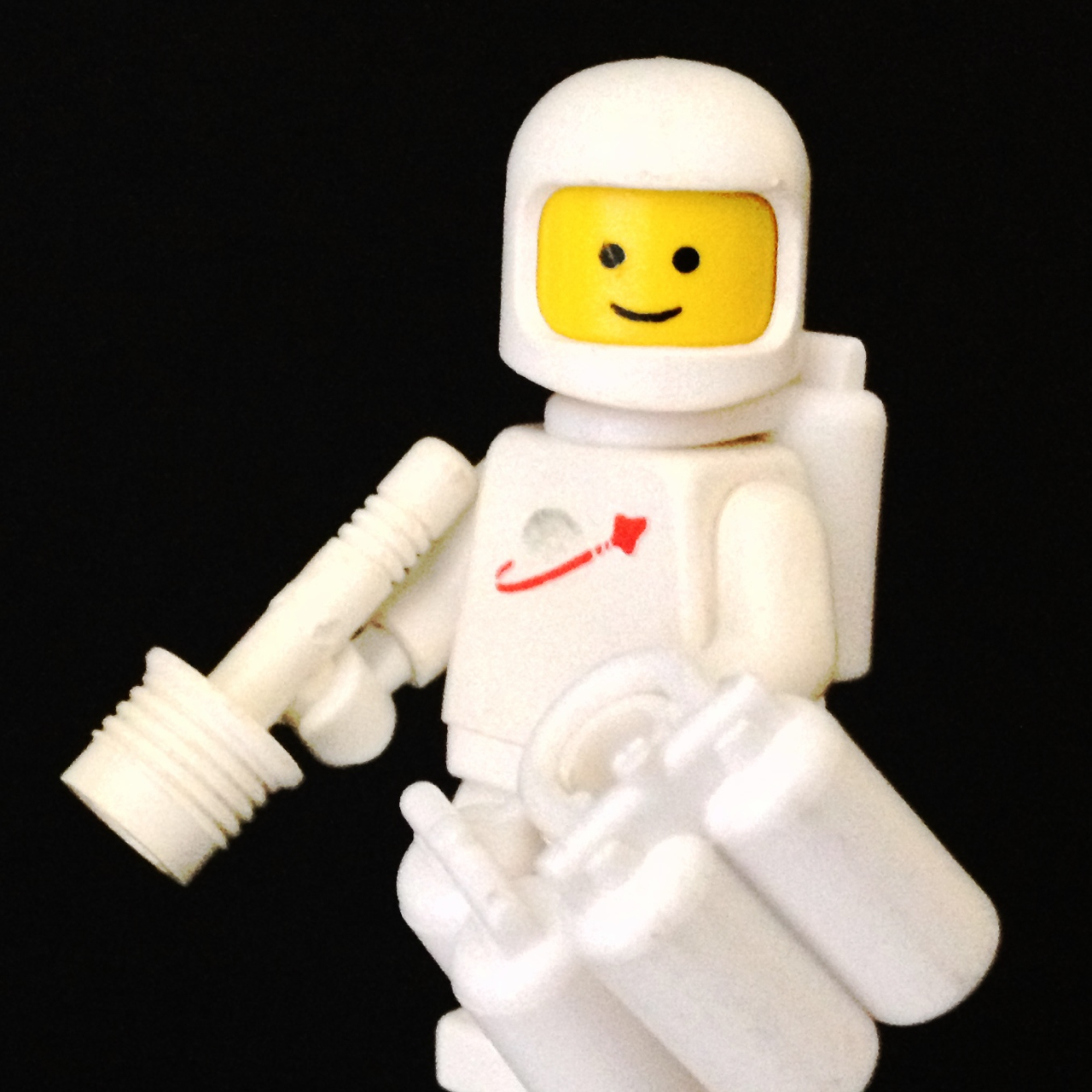
The Nintendo Famicom looks a lot different than the Nintendo Entertainment System (NES). In 1983, Japan was introduced to the Famicom, also known as the Family Computer. It would take three years (1989) until the rest of the world could play the updated grey box design. The Famicom is a top loading video game system, with a distinct red, white, and gold design. This Lego Famicom is the creation of qian yj. Recreating the original design in Lego, with a period accurate television. The system even comes with a Lego Contra cartridge. So when you pick up your controller make sure to enter in the Konami code. You will probably have a very hard time beating the game without the help.

The Lego TV is completely made out of bricks. It features a Lego made screen showing off Contra’s title screen. There are a variety of knobs and switches on the front, even the classic rabbit ears style antenna. The design also includes a handle on the top (not load bearing), and a fully detailed back. With all the hookups, ports, and power stuff you can find on a TV from the 70s/80s. With the volume of this thing, I don’t know if the weight of a cathode TV or this Lego version is heavier. There is a lot of Lego in this build.

The Lego Famicom with Contra game, is a perfect recreation of the original. The SNOT style building here gets pretty complicated, with moving buttons, and a sliding cartridge eject system. Even the video game cartridge can be removed. The cords and hookups are also made of official Lego pieces. It is all brought together with the use of a few custom stickers.
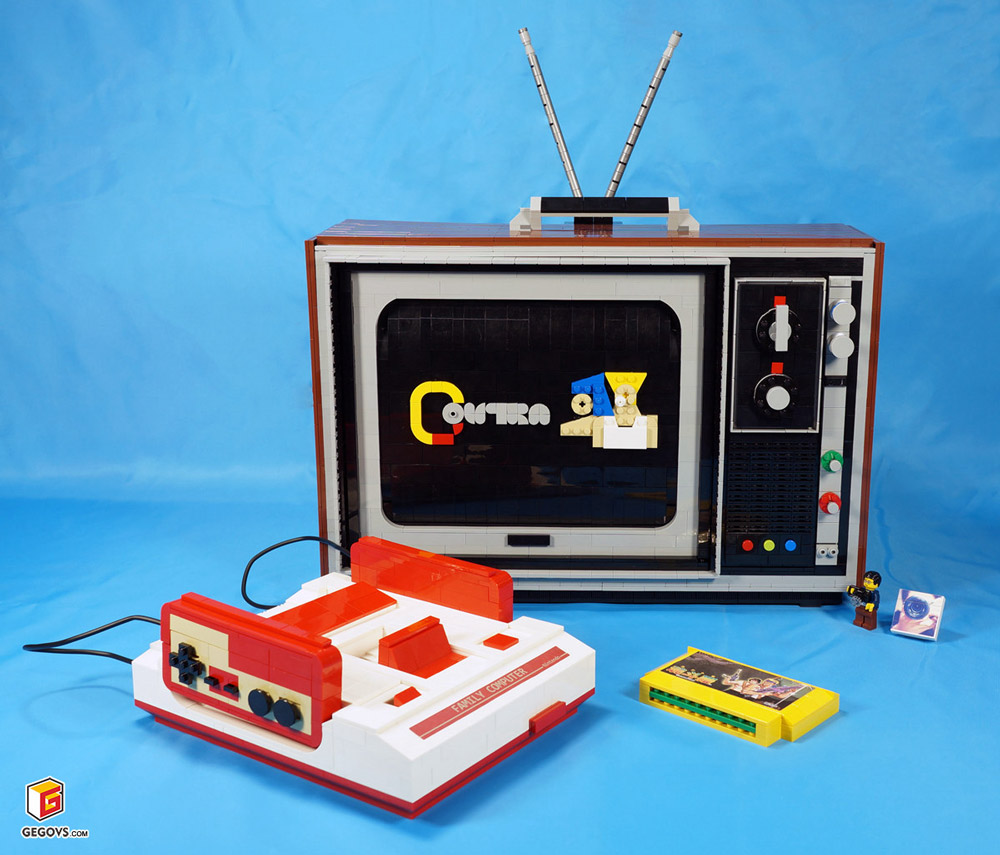
Check out a lot more photos of this Retro TV and Lego Nintendo Family System over here: https://www.flickr.com/photos/acgshow/49711169208/
If you are looking for more Video Game inspired Lego creations check out this link too: http://everydaybricks.com/category/video-game-2/

